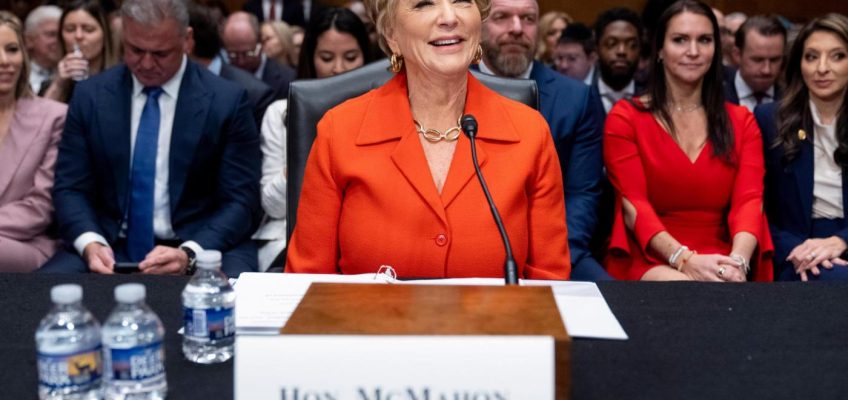By NICOLE WINFIELD, Associated Press
ROME (AP) — Pope Francis was up and receiving therapy on Monday after apparently overcoming a setback in his recovery from pneumonia. The Vatican said he is stable, off mechanical ventilation and is showing no sign of new infection following a respiratory crisis late last week.
“The pope rested well all night,” the Vatican said in its update from Gemelli hospital, where Francis has been hospitalized since Feb. 14.
On Monday, he had coffee and breakfast and was undergoing therapy.
Catholic faithful attend a nightly rosary prayer for the health of Pope Francis in St. Peter’s Square at the Vatican, Sunday, March 2, 2025. (AP Photo/Mosa’ab Elshamy)
Earlier, doctors reported the 88-year-old pope spent all day Sunday without using the noninvasive mechanical ventilation mask that pumps oxygen into his lungs that he had to use following the coughing episode and crisis on Friday. Francis did continue to receive high flow supplemental oxygen through a nasal tube.
The respiratory crisis sparked fears of a new lung infection because Francis inhaled some vomit. Doctors aspirated it and said they needed 24 to 48 hours to determine if any new infection took hold.
On Sunday evening, they said Francis remained stable, with no fever or signs of an infection, indicating he had overcome the crisis. His prognosis remained guarded, however, meaning he wasn’t out of danger.
Francis on Sunday also received a visit from the Vatican secretary of state, Cardinal Pietro Parolin, and his chief of staff, Archbishop Edgar Pena Parra. The content of their talks wasn’t known, but even when at the Vatican, Francis meets at least weekly with them.
He again skipped his weekly noon blessing to avoid even a brief public appearance from the hospital. Instead, the Vatican distributed a message written by the pope from the 10th floor in which he thanked his doctors for their care and well-wishers for their prayers, and prayed again for peace in Ukraine and elsewhere.
“From here, war appears even more absurd,” Francis said in the message, which he drafted in recent days. Francis said he was living his hospitalization as an experience of profound solidarity with people who are sick and suffering everywhere.
“I feel in my heart the ‘blessing’ that is hidden within frailty, because it is precisely in these moments that we learn even more to trust in the Lord,” Francis said in the text. “At the same time, I thank God for giving me the opportunity to share in body and spirit the condition of so many sick and suffering people.”
The Argentine pope, who had part of one lung removed as a young man, was admitted to Gemelli on Feb. 14 after his bronchitis worsened and turned into a complex pneumonia in both lungs.
On Sunday night at the Vatican, Cardinal Konrad Krajewski presided over the evening Rosary prayer in St. Peter’s Square.
“Let us pray together with the entire church for the health of the Holy Father Francis,” said Krajewski, who is the pope’s personal Almoner, a centuries-old job of handing out alms. Francis has elevated the job to make it an extension of his own personal charity.
The American Cardinal Robert Prevost, who heads the Vatican’s powerful office for bishops, was celebrating Monday night’s prayer.
Associated Press religion coverage receives support through the AP’s collaboration with The Conversation US, with funding from Lilly Endowment Inc. The AP is solely responsible for this content.




